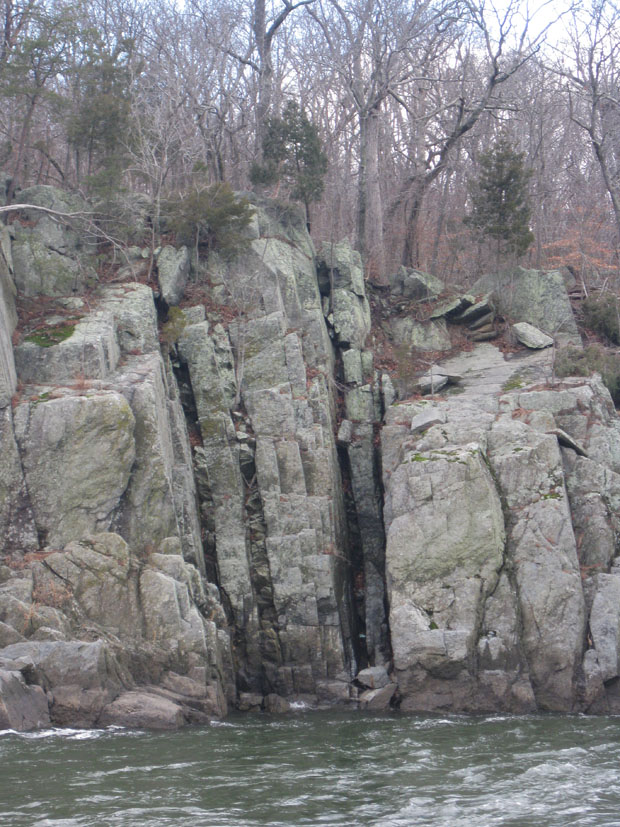Friday fol(r)d
Straight-limbed open synform in an organic-rich formation of limited areal extent, featuring some brittle extensional features at the hinge. Kootenay National Park, British Columbia, summer 2011. (The bridge was broken before we got there.)

